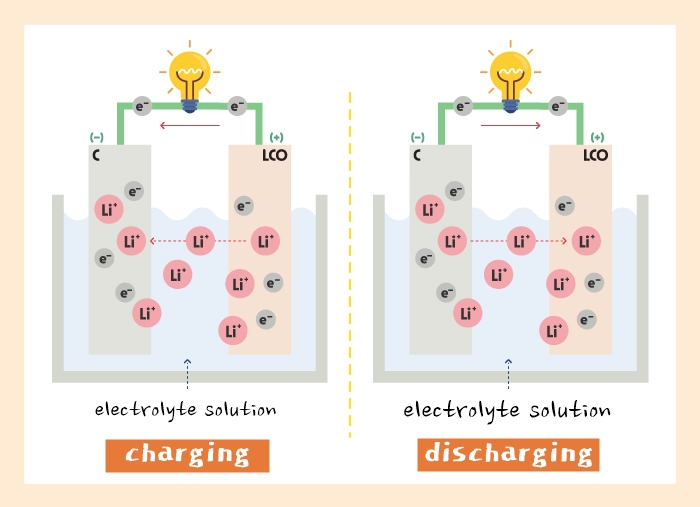

Is cathode positive or negative? Explain in detailsĪ cathode is negative in form of charge in the electrochemical cell. The cathode, which is connected with a positive point of the cell or power source gets electrons while the anode generates electrons that are connected with the negative terminal of power source electrons. Is the anode positive or negative? Explain in detailsĪlthough it is the location of an oxidation reaction, where it loses electrons and becomes positively charged, the anode is normally positive in terms of its charge in an electrochemical system. The cathode work as the site where the reduction process takes place, where it receives electrons and becomes negatively charged, which may cause confusion in some applications, such as electrolysis cells, where the roles of the anode and cathode are reversed. For instance, in the case of battery anode is created with lithium or zinc, and the cathode is created with cobalt oxide or manganese oxide The material used for anode and cathode is on the basis of their applications.What are the materials used for the anode and cathode? During their working anode faces oxidation and electrons emit that move to the cathode through an external circuitry and a reduction reaction occurs at the cathode through the gain of electronsĭoes oxidation occur at the anode or cathode? The anode is created with the use of reactive metallic material like zinc and inert metals used for the creation of a cathode such as copper. An example of an anode and cathode is a battery.These electrodes are used in electrolysis cells, fuel cells, and batteries like cathode or positive electrodes to generate and store energy. Negative electrodes in the battery or cell are called anodes and are attached to the negative point of the power source. At this point oxidation reaction take place and negative ions or anions are attracted and lose an electron to become neutral atoms or molecules. It is the type of electrode that is a negative charge in an electrochemical system.Positive electrodes are used in different applications such as batteries, electrolysis cells, and fuel cell, in these applications they help to generate and store electrical energy.In the case of a cell or battery positive electrodes are called the cathode and it is attached to the positive terminal of the power source.It is considered as the site of reduction reaction since positive charges or cations are moved to the electrode and get electrons and make neutral atoms or molecules.

The positive electrode is a type of electrode that has a positive charge.Functions: Electrons are produced at the anode and cathodes get the electrons.Polarity: The anode is attached to a positive point of the battery or other power sources and the cathode exists at the negative terminal of the battery.Cathode has a reduction reaction and exists at the right side Position in a cell: In the case of a galvanic cell the electrode where oxidation occurs is called the anode and exists on the left side.Chemical Reaction: Oxidation take place at the anode and loss of electrons occurs while at the cathode electrons gain and a reduction reaction occurs.Electron flow direction: The direction is anode to the cathode for electrochemical cells while for diodes and other electronic devices the direction of current from anode to cathode.Charge: The cathode is negatively charged and the anode has a positive charge.Here are some points discussed for comparison.: Anode and cathodes are two electrons employed in differnt types of electronic and electrochemical components.The movement of electrons from the cathode to parts of the solution is called cathode current.Electrons are given to the positive charge ions that move to the electrolyte.In chemistry subject the point of the cell where reduction exists.


 0 kommentar(er)
0 kommentar(er)
